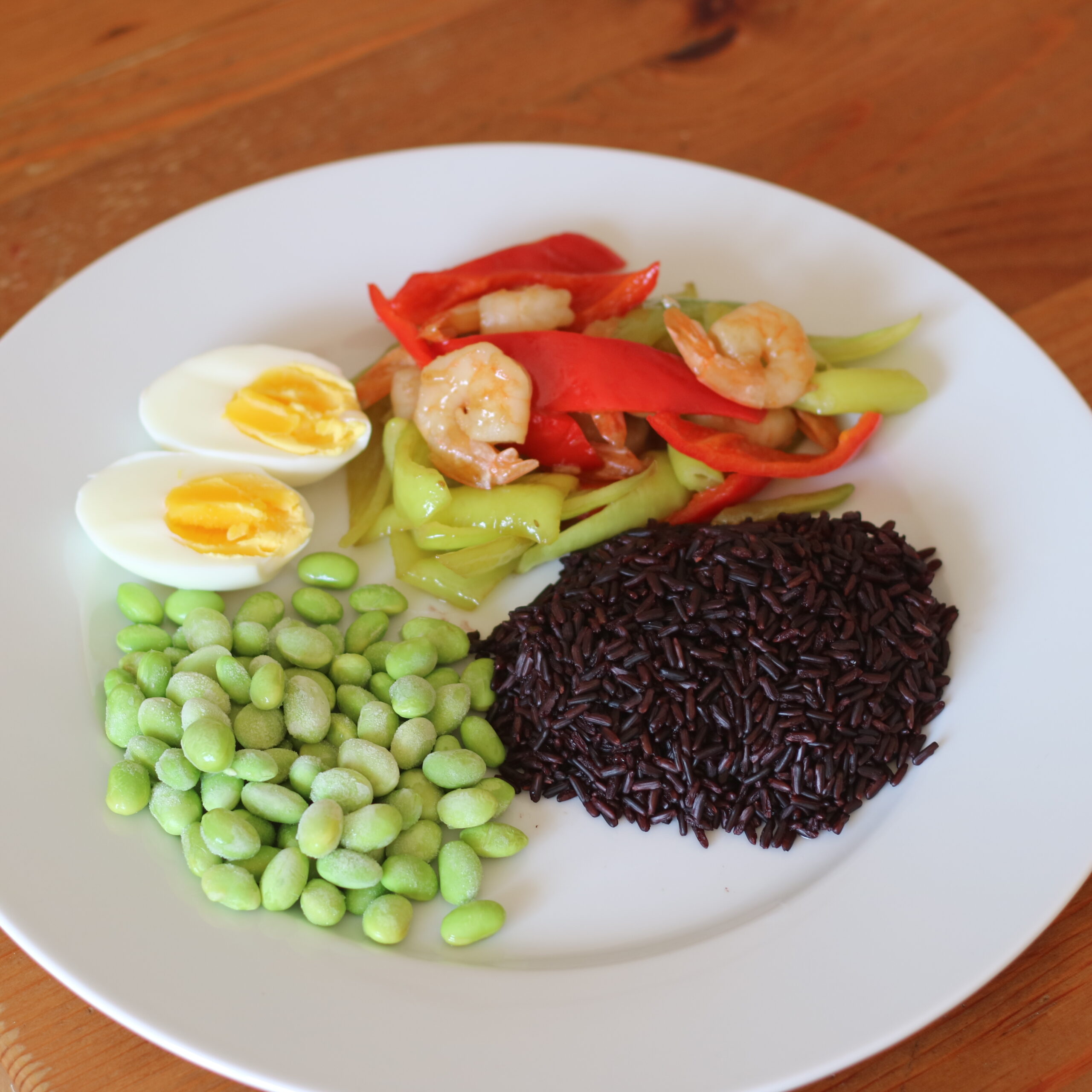Proper nutrition is crucial for climbers to maintain energy levels, promote muscle recovery, and enhance overall performance. Here’s a guide on what climbers should eat before, during, and after climbing sessions:
Before Climbing
1. Carbohydrates:
- Purpose: Provides quick energy.
- Examples: Whole grains (oats, quinoa, brown rice), fruits (bananas, berries), vegetables, whole grain bread, and pasta.
2. Protein:
- Purpose: Supports muscle function and recovery.
- Examples: Eggs, lean meats (chicken, turkey), tofu, legumes, Greek yogurt, nuts, and seeds.
3. Healthy Fats:
- Purpose: Sustained energy release.
- Examples: Avocados, nuts (almonds, walnuts), seeds (chia, flax), olive oil, and fatty fish (salmon).
4. Hydration:
- Purpose: Prevents dehydration and maintains performance.
- Examples: Water, herbal teas, electrolyte drinks.
Example Pre-Climb Meal:
- A bowl of oatmeal with sliced banana and a handful of nuts.
- A whole grain turkey sandwich with avocado.
- A smoothie made with Greek yogurt, berries, and spinach.
During Climbing
1. Quick Carbohydrates:
- Purpose: Provides immediate energy boost.
- Examples: Energy gels, dried fruit (raisins, apricots), bananas, energy bars, honey sticks.
2. Hydration:
- Purpose: Replenishes fluids lost through sweat.
- Examples: Water, electrolyte drinks, coconut water.
Example Snacks During Climb:
- A banana or an apple.
- A handful of dried fruits and nuts.
- An energy bar.
After Climbing
1. Protein:
- Purpose: Aids muscle recovery and repair.
- Examples: Protein shakes, lean meats, fish, eggs, cottage cheese, legumes, and tofu.
2. Carbohydrates:
- Purpose: Replenishes glycogen stores.
- Examples: Sweet potatoes, brown rice, whole grain bread, fruits, and vegetables.
3. Healthy Fats:
- Purpose: Supports overall recovery and nutrient absorption.
- Examples: Nuts, seeds, avocados, olive oil.
4. Hydration:
- Purpose: Rehydrates and aids recovery.
- Examples: Water, herbal teas, and rehydration solutions.
Example Post-Climb Meal:
- Grilled chicken breast with quinoa and steamed vegetables.
- A smoothie with protein powder, spinach, banana, and almond milk.
- A salad with mixed greens, chickpeas, avocado, and a drizzle of olive oil.
Additional Tips
- Balanced Diet: Ensure your overall diet is balanced with adequate macronutrients (carbs, proteins, fats) and micronutrients (vitamins and minerals).
- Meal Timing: Eat meals 2-3 hours before climbing and snacks 30-60 minutes prior to your session.
- Hydrate Consistently: Drink water regularly throughout the day, not just during and after climbing.
- Listen to Your Body: Pay attention to how your body responds to different foods and adjust your diet accordingly.
Proper nutrition will help you maintain energy levels, improve performance, and speed up recovery, making your climbing experience more enjoyable and effective.

Leave a Reply